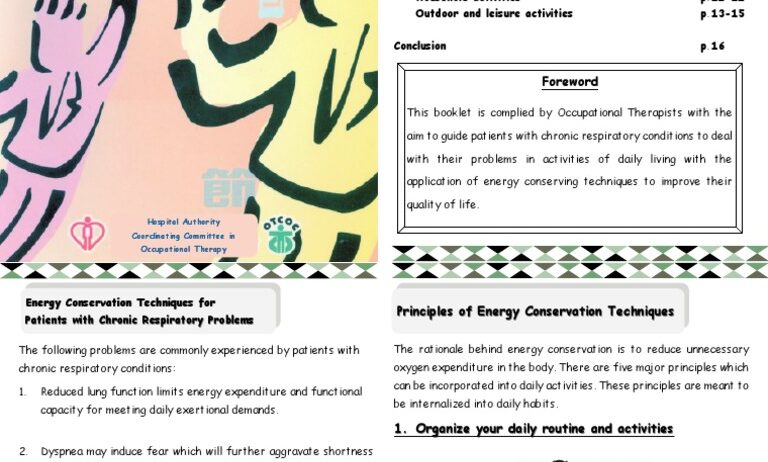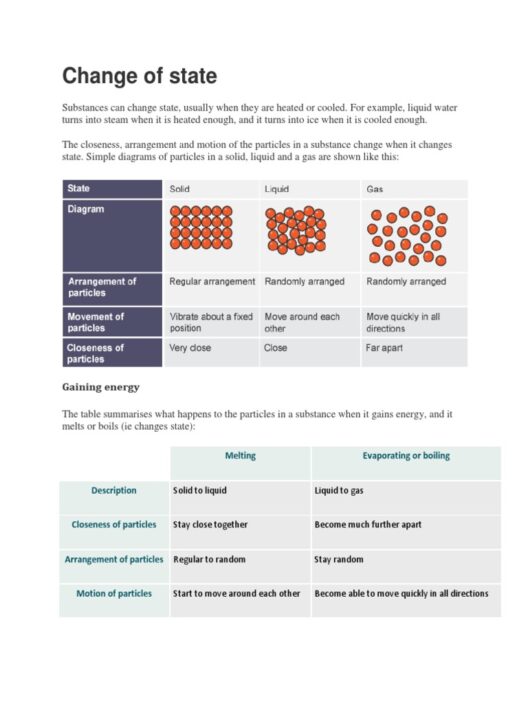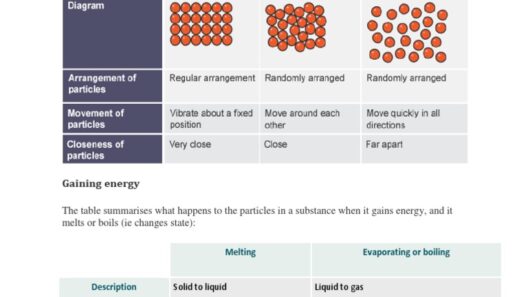Energy conservation is an essential strategy implemented in occupational therapy, designed to empower individuals facing physical challenges. Have you ever considered how minor adjustments in daily activities can significantly enhance one’s quality of life? This principle is fundamental to the practice of energy conservation. Occupational therapists use this approach to help patients manage their energy expenditure, thereby allowing them to engage more fully in their daily routines and activities.
The concept of energy conservation revolves around the delicate balance of energy input and output. Life can often feel like a tiresome juggling act, especially for individuals grappling with chronic illness, injury, or age-related decline. By employing specific techniques, therapists aim to reduce fatigue and optimize performance in routine tasks, enabling individuals to thrive rather than merely survive.
Understanding the physiological aspects of energy conservation requires a brief overview of how the body utilizes energy. Energy is expended in innumerable ways: performing household chores, engaging in social activities, even during the act of self-care. When an individual suffers from limitations—be it due to a stroke, arthritis, or other conditions—the typical energy expenditure might become disproportionate to the available resources. Consequently, this can lead to frustration, a sense of defeat, and diminished independence.
So, how can occupational therapy act as a catalyst for restoring equilibrium? One primary approach involves teaching patients about the principles of energy conservation. This may encompass strategies such as:
- Prioritization of Activities: Patients are encouraged to identify which tasks are truly essential and which could be deferred or delegated. This enables individuals to reserve their energy for what matters most.
- Breaks and Rest Periods: The incorporation of regular rest intervals during activity can significantly prolong endurance. This is akin to pacing oneself during a long-distance race; strategic pauses can bolster overall performance.
- Adaptive Equipment: Utilizing assistive devices and ergonomic tools can alter the energy demands of certain activities. For instance, a reacher can facilitate picking up items without bending, thus saving energy.
- Body Mechanics and Posture Awareness: Proper standing, sitting, and lifting techniques can minimize unnecessary strain, safeguarding against fatigue while maximizing efficiency.
Each of these strategies is tailored to meet individual needs, emphasizing personalization in therapy. A one-size-fits-all approach would fail to address the unique challenges faced by each patient. By collaboratively establishing goals, occupational therapists engage patients in the process, fostering a sense of ownership and responsibility regarding their recovery.
The implementation of energy conservation techniques introduces another layer of complexity. Consider the challenge that arises from ingrained habits. Over the years, individuals often develop routines that may not be the most efficient or effective. For example, a patient who has always tackled laundry in one strenuous session may experience resistance when asked to break the task into smaller sections. This psychological tug-of-war embodies both a challenge and an opportunity for growth.
In overcoming these challenges, patients are encouraged to explore alternatives. They might try scheduling laundry for three separate days instead of one. This simple change could drastically enhance not only their energy levels but also their overall mood and satisfaction in achieving daily tasks. The mind plays an instrumental role in energy management, and reprogramming thought patterns can be a formidable but rewarding endeavor.
Moreover, occupational therapists often employ the concept of environmental modification. This involves altering the living space to support energy-saving habits. For example, organizing frequently used items within arm’s reach or positioning seating solutions strategically can dramatically reduce energy expenditure and promote independence.
Research indicates that a strong focus on energy conservation and self-management can enhance patients’ physical and emotional wellbeing. Improved engagement in daily activities not only empowers individuals but also serves to uplift their mental health, combating feelings of helplessness and despair often associated with chronic conditions.
However, one must not overlook the importance of education. Both therapists and patients bear the responsibility of recognizing the value of energy management. Workshops, informational pamphlets, and interactive sessions can bolster understanding and awareness among patients and their families. By fostering a culture of education around energy conservation, occupational therapists build a framework for ongoing support, encouraging continuous adaptation and resilience.
Ultimately, energy conservation in occupational therapy is not solely about minimizing fatigue; it encompasses a holistic approach that champions quality of life. Through a blend of individualized strategies, environmental modifications, and education, therapists guide patients toward greater independence. By equipping individuals with the tools to manage their energy effectively, they can focus on enriching their lives rather than merely enduring daily tasks.
As patients learn to navigate their limitations, they often uncover new facets of their capabilities. This metamorphosis highlights a key tenet of occupational therapy: it is possible to thrive even amidst adversity. Embracing energy conservation empowers individuals to reclaim autonomy and engagement in their lives, creating a harmonious balance between capability and well-being. Whether through small adjustments or profound changes, the journey of energy conservation is a testament to the strength of the human spirit.







